From concept to reality: the world's greatest show cars
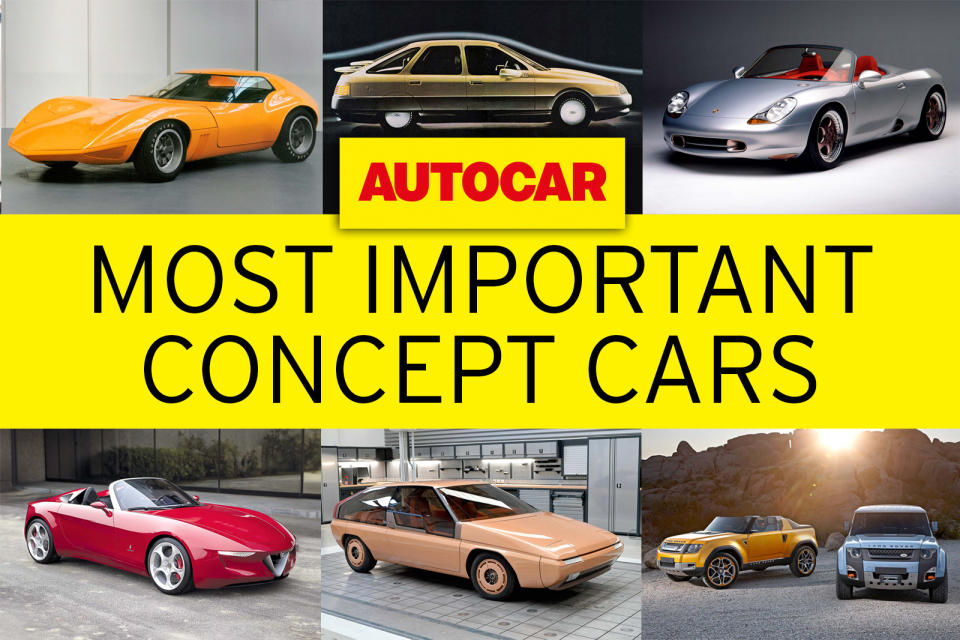
Concept cars exist to show off cutting-edge designs and technologies that will eventually be woven into the fabric of some of the most important cars on the road.
Serving as a forward-thinking statement of intent for their respective companies, concept cars are often more newsworthy and exciting than the machines that actually make it into showrooms a few years later. Some, however, are more influential than others.
Strap in, then, and take a look at the greatest, most outlandish concept cars we've seen at the world's biggest motor shows and events.
Alfa Romeo 2uettottanta
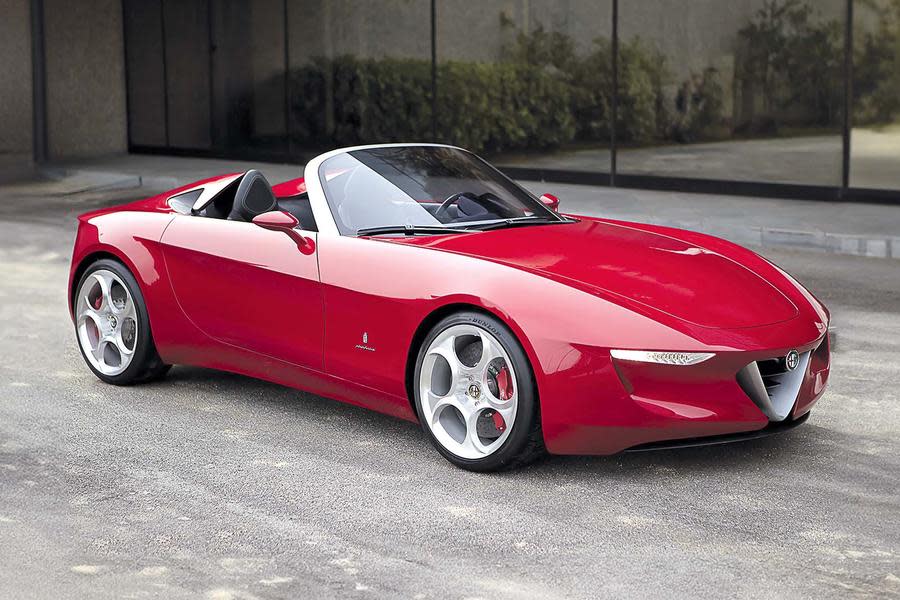
Catchy, no? Well, ‘2uettottanta’ might roll off the tongue more smoothly if you’re from Turin. Pininfarina’s 80th birthday present to itself in 2010 imagined a reborn Duetto, giving an enticing vision of what an MX-5 rival from Alfa Romeo could look like. Too good to be true? Yes, but we got the 4C three years later, and that was just as beautiful.
Bentley Java
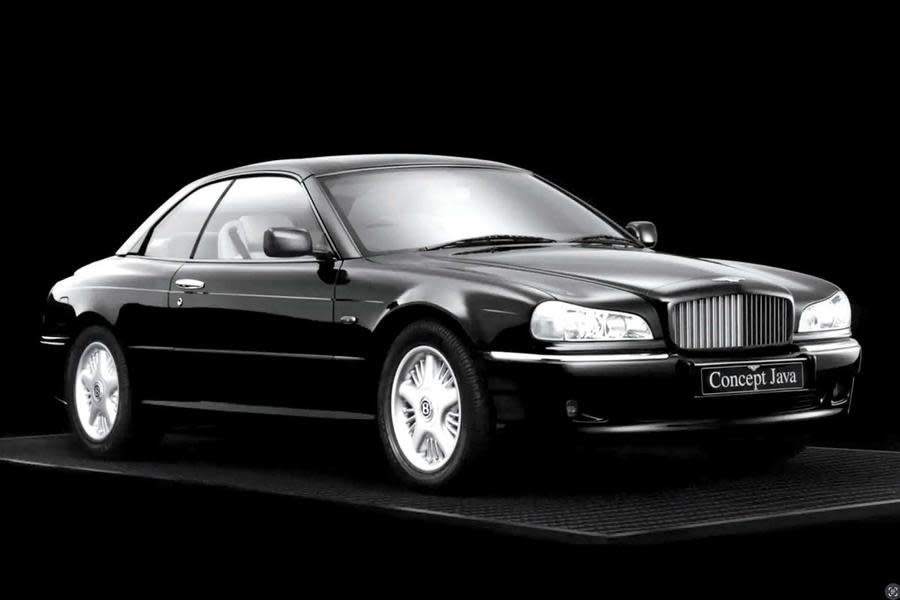
A more affordable ‘baby’ Bentley with a thumping V8 engine and a removable roof? Not so outlandish a concept in 2023 given that the Continental GT’s strong sales have kept the lights on in Crewe for two decades now.
But back in 1994 the very idea was near-unfathomable – until the reveal of the Java, that is.
This imposing luxury cabriolet was the headline act at that year’s Geneva motor show, but, despite looking near-ready for the showrooms, it was presented by then-owner Rolls-Royce as a pure concept, and one they openly said would probably need its underpinnings supplied by a partner if it were to be productionised.
The Sultan of Brunei, though – not one to take no for an answer – had some 18 Javas built, based on the E34 BMW 5 Series, in estate, coupé and convertible body styles.
BMW E1
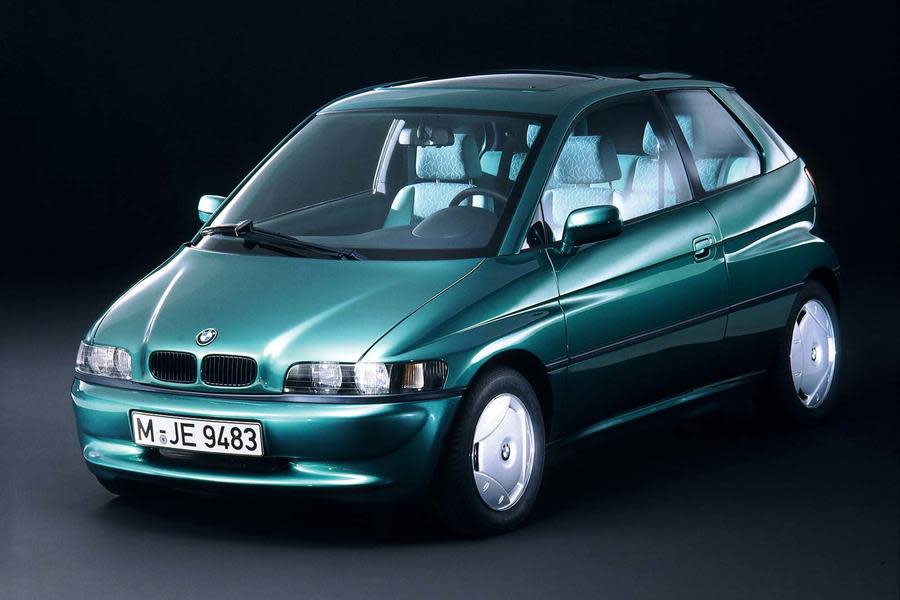
At the 1993 Frankfurt motor show, BMW bosses suggested the eventual production version of the electric E1 hatchback could be on sale in just four years, but it would use an 1100cc motorcycle engine.
Wrong on both counts: the E1’s most obvious successor, the i3, wouldn’t land until 2013, by which point electric drivetrains were sufficiently advanced that it could, in fact, shun petrol power for a plug.
This was actually the second iteration of the E1, which added a small-capacity petrol engine to the equation for a longer range to create a format that would be revived for the range-extender i3 in 2016.
Ford Probe III
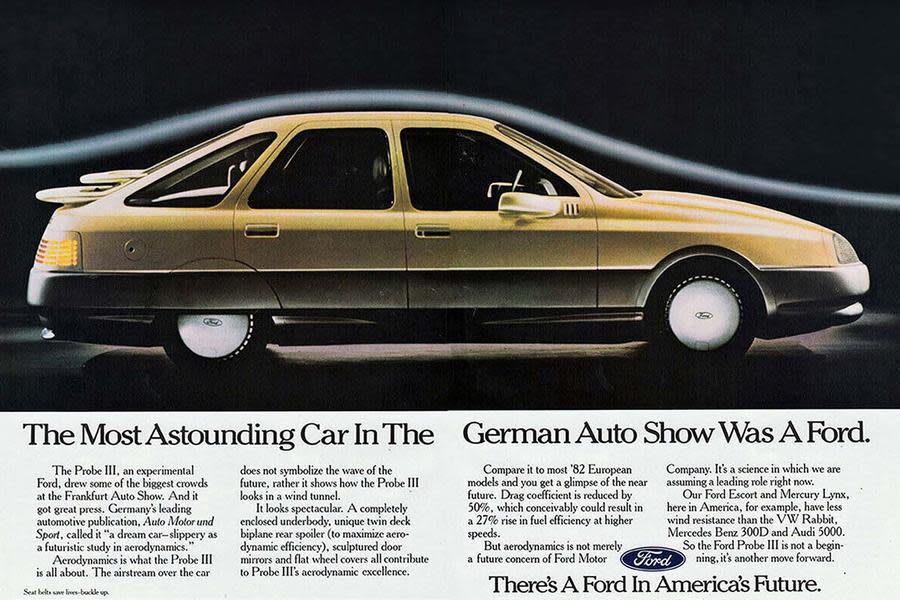
“If Ford’s new research vehicle is anything to judge by, the days of the great cliff fronts, slab corners and boxy shapes will no longer feature in the next generation of cars,” we proclaimed when the Probe III. was revealed in 1981. Well, quite.
This wind-cheating prototype was designed to ‘probe’ the limits of vehicular aerodynamics in a bid to win the efficiency race while still providing Cortina levels of space and comfort, and it represented a radical departure from the staid and straight-edged saloons that had preceded it.
Its windows were flush with the bodywork (like an airliner), its super-slippery wheels were wrapped in bespoke 145-section tyres and it had a gigantic scoop at the front to send air under the smoothed-off underbelly.
It gave clues to what could be expected from the long-awaited Cortina replacement, which would arrive the year after wearing the Sierra nameplate and bearing no small resemblance to the Probe III.
Hyundai 45
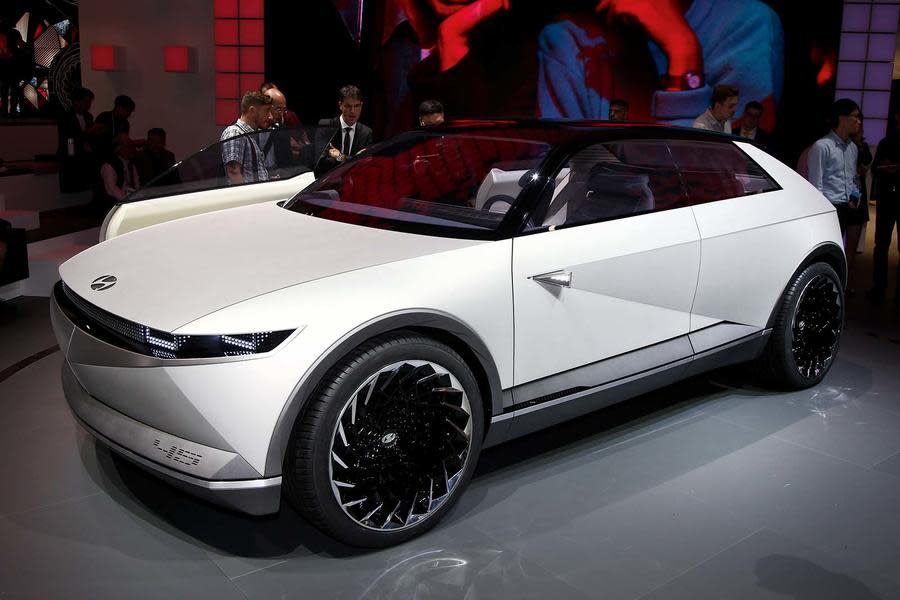
“It won’t look like that, surely…”. No way would Hyundai’s first bespoke EV resemble the outrageous, aggressive 45 concept the Korean brand showed at Frankfurt in 2019.
Not safe, sensible old Hyundai. And so it was through another mouthful of our favourite hats that we would praise head designer Sangyup Lee in 2020 for the production Ioniq 5’s loyalty to the striking show car that came before.
“The 45 signifies a new beginning, so we looked at the beginning of our company,” said Lee of the 45, which was designed as a futuristic reworking of the 1975 Pony hatchback.
Kia Imagine
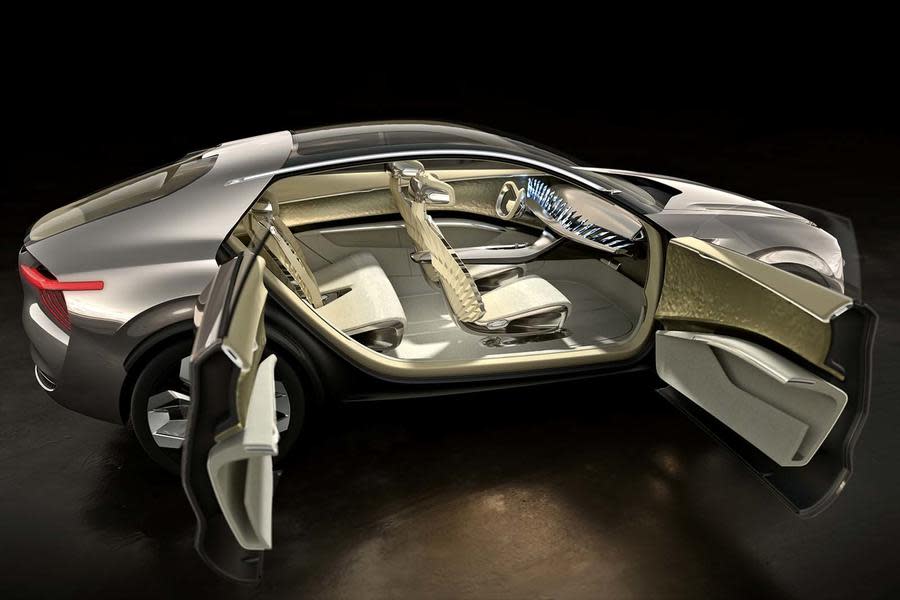
Car makers don’t often take the mickey out of each other, but Kia did a nice job of satirising the industry’s infatuation with digitisation by arranging no fewer than 21 screens haphazardly across the dashboard of the bold Imagine concept.
The move was, it said, a “humorous riposte”. Well, we laughed. And it served as an enticing taste of a bold new design language that would become reality with the EV6 only a year later.

 Yahoo Autos
Yahoo Autos 